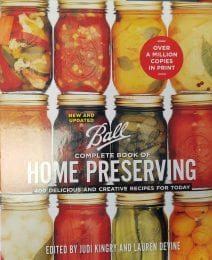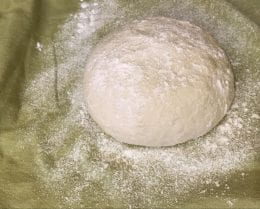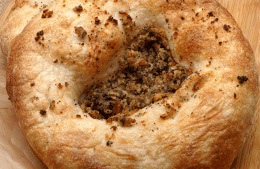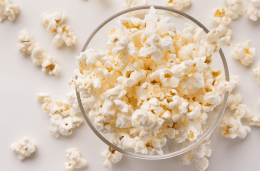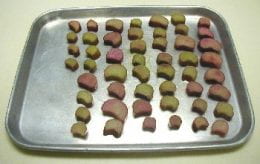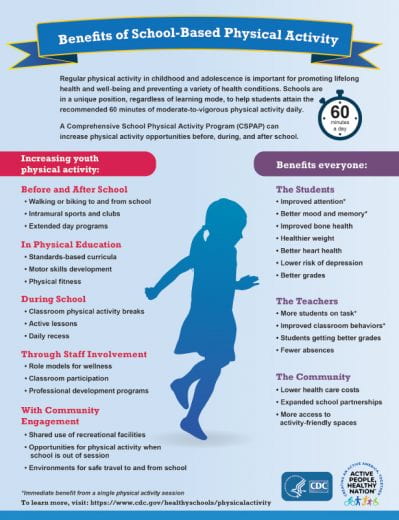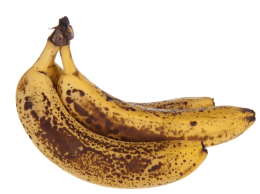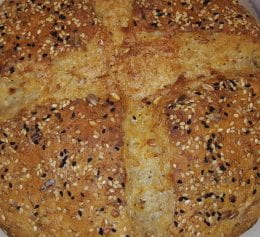
Foods that cause allergic reactions can be life threatening. Up until now, there have been eight major food allergens. With the passage of the Food Allergy Safety, Treatment, Education and Research (FASTER) Act, the ninth major food allergen will be sesame. This is the first new allergen added to the Food Allergen Labeling and Consumer Protection Act (FALCPA) since 2006. The FASTER Act has been passed by the U.S. Congress and will likely be signed by the President into law.
There are more than 1.5 million Americans who are allergic to sesame. Until now, food products that contain sesame would list “natural flavors” or “natural spices.” This makes it almost impossible for consumers to know if the product contains sesame. Depending on the product, sesame may or may not be visible.
The Food and Drug Administration (FDA) regulations requires major food allergens be clearly labeled on food products. If left undeclared, it can be life threatening. The allergen will be clearly listed within the ingredient statement or in a separate statement.
Undeclared food allergens have been the number one leading cause of Class I recalls by the FDA in the last three years. A Class I recall means the product could cause serious injury or death. The eight current major food allergens cause 90% of documented food allergen health issues.
